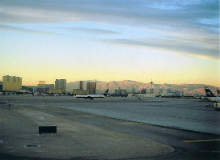
World’s Longest Runways
Whether constructed out of asphalt or concrete, runways across the world are getting longer. The capability to cater for airliners of increasing size, such as Airbus’s mammoth A380, has dictated the need for longer and wider runways. Extended runways also pose other benefits, such as the ability to act as a back-up runway for space shuttle missions.
While new airports are being designed with that specific capability in mind, current airports are having to find the space necessary to extend existing runways. As more and more airports examine the feasibility of such programmes, airports already possessing that asset are reaping the benefits.

Discover B2B Marketing That Performs
Combine business intelligence and editorial excellence to reach engaged professionals across 36 leading media platforms.
Denver International Airport, US
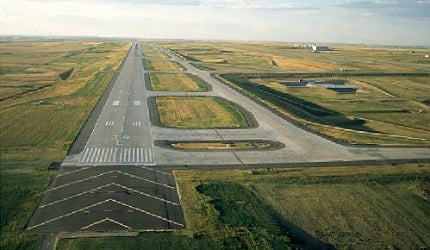
Denver International Airport’s runway
Denver International Airport’s 16R/34L runway, measuring 16,000ft long, is the longest commercial runway in North America.
It is one of six operational runways that make Denver International one of the largest airports in the world, and also one of the busiest.

US Tariffs are shifting - will you react or anticipate?
Don’t let policy changes catch you off guard. Stay proactive with real-time data and expert analysis.
By GlobalDataConstructed at a cost of $166m, the runway was paced in just 41 days using 168,000 cubic yards of concrete.
The runway forms part of the airport’s original master plan and can accommodate new generation airplanes, including the Airbus A380.
The successful addition has won numerous awards, most notably the 2004 Project Achievement Award by the Construction Management Association of America.
Related suppliers: Design, Construction and Engineering Services
New Doha International Airport, Qatar
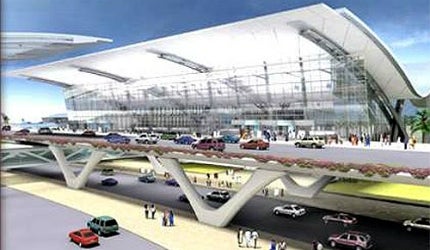
New Doha International Airport
Not only will New Doha International Airport be one of the largest airports in the world, it will also possess one of the longest runways.
The first runway, at 17,700ft long, will be the longest runway in Western Asia when it opens on 12 December 2012.
A second runway at the airport, measuring approximately 14,000ft, will be far enough apart to run concurrently, with both runways capable of taking Airbus A380 aircraft.
The initial phase of the airport’s construction, costing around $14.5bn, will have an annual capacity of 28 million passengers – an increase of ten million over the current Doha International Airport.
Madrid Barajas International Airport, Spain
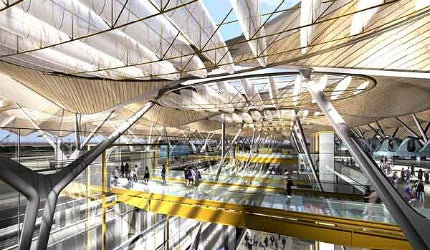
Madrid Barajas International Airport
The largest and busiest airport in Spain, Madrid Barajas International Airport’s passenger growth of ten pecent a year triggered the Spanish airport authority AENA to approve a €2.91bn expansion project.
Madrid Barajas is now expected to become Europe’s third busiest airport in 2012.
Of the airport’s four runways, two measure more than 13,000ft in length, with the longest coming in at 14,268ft. The longest runway, designated 18R-36L, started operations in November 1998 and is one of the largest runways in central Europe.
Related suppliers: Airports and Destinations
JFK International Airport, US
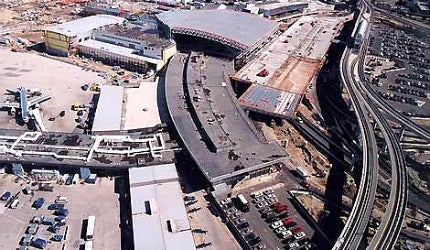
JFK International Airport
The sixth busiest airport in the US, JFK International Airport handled almost 48 million passengers in 2011.
Traffic to the airport is serviced by four runways, three of them having an asphalt surface. The largest runway has a concrete surface, and measures more than 14,500ft in length, rendering it capable of accepting large commercial airliners, such as the Airbus A380.
The runway, designated 13R-31L, is the second longest commercial runway in the US, second to only Denver International Airport. Situated alongside Terminals 1, 2 and 3, the runway also serves as a back-up for space shuttle missions.
Indira Gandhi International Airport, India
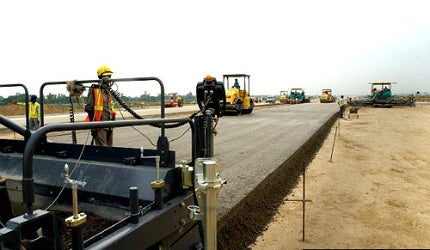
Indira Gandhi International Airport runway
Indira Gandhi International Airport is the primary international airport of India’s capital of Delhi, and is one of India and South Asia’s largest aviation hubs, with a capacity to handle more than 46 million passengers.
A planned expansion programme hopes to increase the airport’s capacity to 100 million passengers by 2030, with new terminal buildings constructed to support the growth.
The airport’s largest runway measures 14,852ft in length and was inaugurated on 21 August 2008 before opening for commercial operations on 25 September 2008. The runway increased the airport’s capacity, enabling it to handle 85 flights an hour. All three of the airport’s runways are used simultaneously to reduce stress on the airport’s main runway.
McCarran International Airport, US
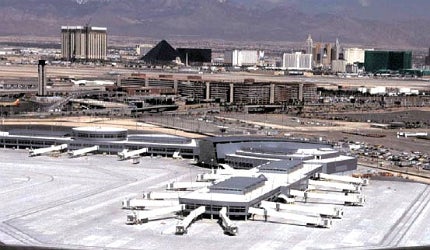
McCarran International Airport
McCarran International Airport has four runways within its 2,800 acres of land, the longest runway being asphalt-surfaced and 14,510ft in length.
The runway has undergone various extensions and is now the third longest civilian runway in the US, behind runways at JFK International Airport in New York and Denver International Airport.
The airport itself has been remodelled during the past 20 years, with various improvements and expansion projects costing more than $4bn.
Although the airport was ranked just 22nd in the world for passenger traffic in 2010, it was ranked ninth in the world for aircraft movements owing to its close location to the Las Vegas strip.





